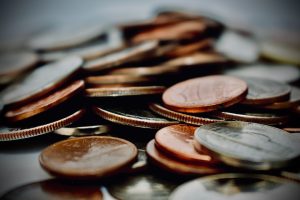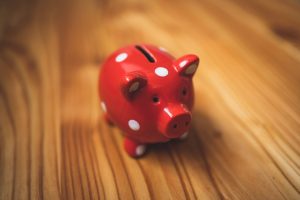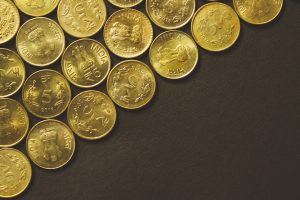Institutional traders, also known as “smart money,” are the large financial institutions, hedge funds, and investment banks that trade in the forex market. These traders have a significant impact on the market and can influence currency prices. Identifying when institutional traders will enter the forex market can help traders make more informed trading decisions. In this article, we will discuss some of the key indicators that can be used to identify when institutional traders are likely to enter the forex market.
1. Economic Indicators
Institutional traders are always on the lookout for economic indicators that can impact the forex market. For example, the release of the non-farm payrolls report is closely watched by institutional traders as it provides insight into the strength of the US economy. Similarly, the release of the Gross Domestic Product (GDP) report can provide insight into the health of a country’s economy. Institutional traders will typically enter the market when there is a strong economic indicator that suggests a particular currency may be undervalued or overvalued.
2. News Events
Institutional traders are also closely watching news events that can impact the forex market. For example, political events such as elections or trade negotiations can have a significant impact on currency prices. Institutional traders will typically enter the market when there is a news event that suggests a particular currency may be undervalued or overvalued. Traders can keep an eye on news events by setting up news alerts or following financial news websites.
3. Technical Analysis
Institutional traders use technical analysis to identify trends in the forex market. They use a variety of technical indicators such as moving averages, relative strength index (RSI), and Bollinger Bands to identify potential trading opportunities. For example, if a currency pair is trading at a support level, institutional traders may enter the market with a long position. Technical analysis can be a useful tool for traders to identify potential trading opportunities and to confirm their trading decisions.
4. Market Sentiment
Institutional traders are also paying attention to market sentiment. Market sentiment refers to the overall attitude of market participants towards a particular currency pair. For example, if a currency pair is experiencing a bullish sentiment, institutional traders may enter the market with a long position. Traders can gauge market sentiment by monitoring social media, news articles, and financial forums.
5. Order Flow
Order flow is the volume of buy and sell orders that are executed in the forex market. Institutional traders pay close attention to order flow as it can provide insight into the direction of the market. For example, if there is a significant amount of buy orders for a particular currency pair, institutional traders may enter the market with a long position. Traders can monitor order flow by using trading platforms that provide order book data.
In conclusion, institutional traders are always on the lookout for potential trading opportunities in the forex market. Traders can identify when institutional traders are likely to enter the market by monitoring economic indicators, news events, technical analysis, market sentiment, and order flow. Keeping an eye on these indicators can help traders make more informed trading decisions and potentially profit from market movements.





